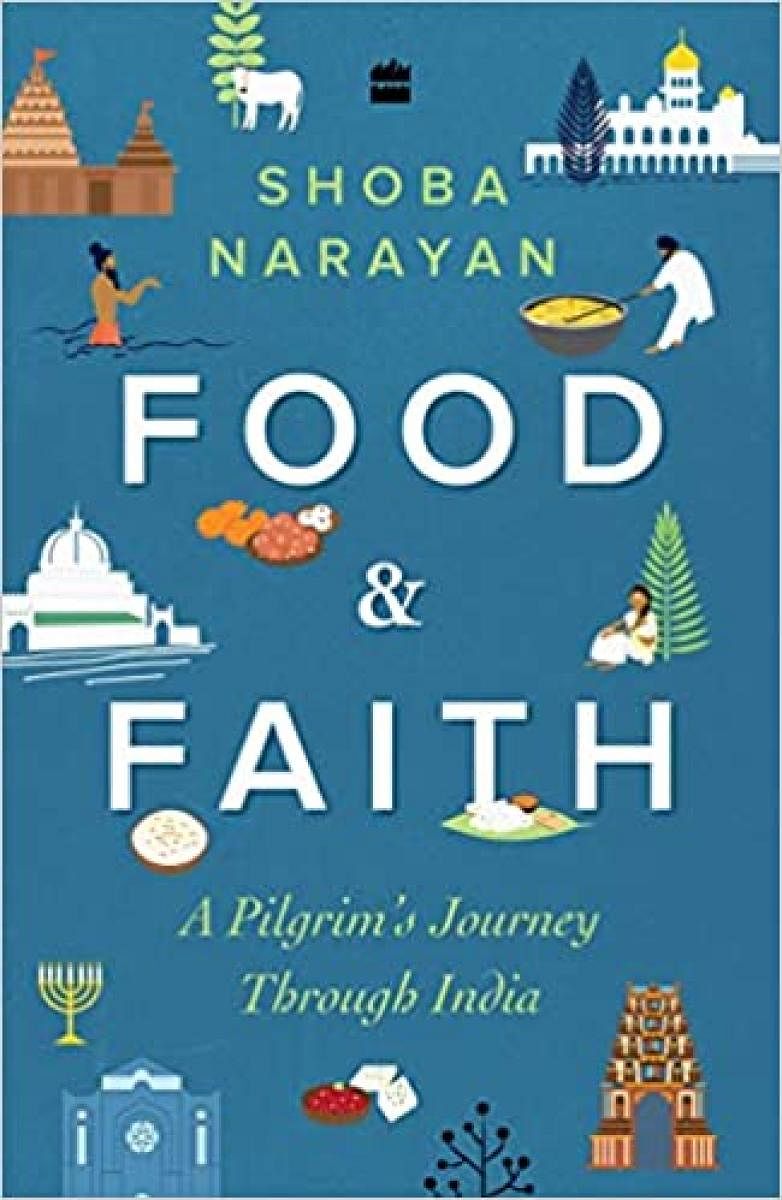
Faith is believing what you do not or perhaps cannot see; food is all about seeing, hearing, sensing, tasting, smelling. What happens when you approach faith without its tiring prop-ups of dogma, religion and prejudice? If you instead nourish your spirituality with the delicious aromas of culture, history and community, faith becomes a welcoming sanctuary — away from the very fashionable religious polarity and the very normalised sneering at syncretism of present-day India.
Author Shoba Narayan’s new book ‘Food and Faith’ is a beautifully produced attempt at seeking this increasingly elusive sanctuary. Apart from making you yearn to travel (oh! when will those days return!), it will also ensure trips to the kitchen in a vain search for remembered prasadams like laal pedas from Kashi, Jewish halwa, paal payasam and the like! Of course, lockdown kitchens store nothing of the sort and you sort of drift back into your room with just a faint waft of warm ghee somewhere in the recesses of your brain.
Of food and folklore
The author says in the introduction that what started out as a book on ‘sacred food’ became for her a journey that “prompted larger questions about faith and its place in our lives and society.” Essentially about Hindu places of worship, there are a few exceptions like her celebrating Rosh Hashanah in Mumbai and the visit to the Ajmer Dargah.
Each chapter covers a place of worship, and happily, can be read at random; the no-nonsense writing elevates it from being a mere travelogue and with its combination of folklore, philosophy and immersive descriptions of the bhog and the community kitchens, reading it is a sensory experience (except for the constant hunger pangs). All chapters end with a section titled ‘Takeaway’ where the author is leaning back after the journey and reflecting on where it lead her, what it taught her and how she will imbibe it within herself. What is commendable is her easy honesty; there is no flinching from admitting her faults nor is there any holding back of skepticism.
I particularly enjoyed the chapters on Udupi, Palani and Kashi. I have felt the same uneasiness the author expresses when she learns that “Brahmins are fed separately” in Udupi, despite the temple having held a special significance throughout my growing-up years. The age-old sibling rivalry story of Muruga and Ganesha, (which is narrated with loads of wry humour), brought back memories of childhood reading and re-reading of Amar Chitra Katha comics as did the anecdote about people guilelessly asking for bottles of panchamritham when they hear you are visiting the god who stands atop the hill.
In the preceding chapter on the Ajmer Dargah, the reader is advised to try out if she can whirl like the dervishes. As Ms Narayan puts it, “to whirl like the dervish involves a suspension of the ego and a desire to connect to the divine.” Who can deny that this is indeed what faith asks you to do? Of course, if you can suspend your ego and connect to the divine while munching on a Mathura peda, then there’s no stopping you!